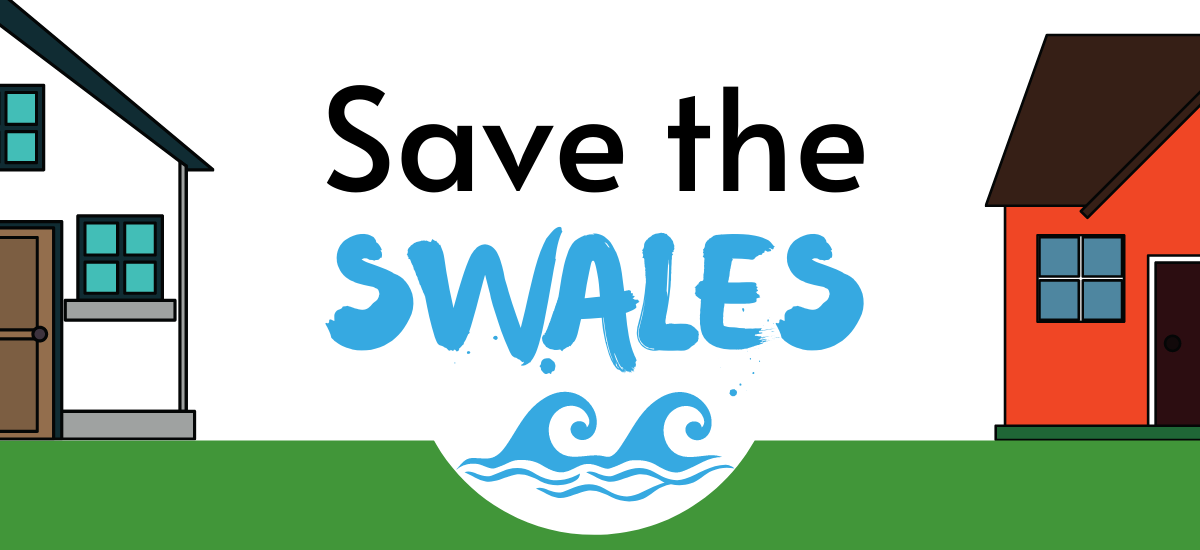Save the Swales

What is a Swale? |
|
Swales are everywhere. Their main purpose is to convey rainwater to a storm sewer or a ditch that eventually outlets to a creek. Much of West Lincoln’s newest construction is designed with swales to carry surface water through backyards and between buildings. If you live in home built within the last 20 years or so and see a low, depressed channel in your yard, there’s a good chance it was put there intentionally. Swales are one of the engineered solutions to drainage problems that occur as land is being developed from its natural state. Treat them well, and they will treat you and your neighbors well. *It's in every homeowner's best interest to maintain swales for proper drainage. In the event that a property is affected, insurance companies may deny potential claims if a swale is found to have been modified or changed by a property owner.* |
What is the difference between a Swale and a Ditch? |
|
Most everyone has seen roadside ditches in the rural areas of West Lincoln, but swales are a different creature. Ditches and swales both convey storm water from roads, driveways, parking lots and other hard surfaces, but that is where their similarity ends. Ditches are deep with steep sides while swales are low with gently sloping sides. |
Why are Swales important? |
|
Swales are designed not only to carry water, but to treat it and reduce the amount of pollutants that enter our streams, rivers and oceans. They also help to infiltrate some of that rainwater back into the ground and into our aquifers. Here’s how:
|
Why should you care if West Lincoln’s streams are clean or dirty? |
|
One big reason is that water from our streams flows into bodies of water used to provide drinking water to thousands of homes throughout Niagara. Other obvious benefits are to the wildlife that inhabit these streams and the leisure opportunities that these natural areas provide to us. West Lincoln Township’s natural areas are a draw to bikers, boaters, fishermen, hikers, birders, hunters and many other outdoor enthusiasts. Clearly, nothing ruins a day out in nature more than a dirty, trash-strewn waterway. |
How can you help Save the Swales? |
|
Maintenance is the key:
|
Thank you for doing your part to Save the Swales in West Lincoln!



 Subscribe to this page
Subscribe to this page